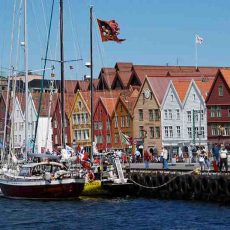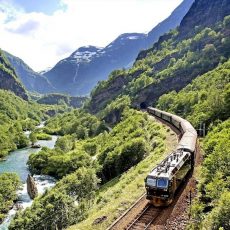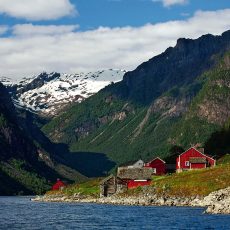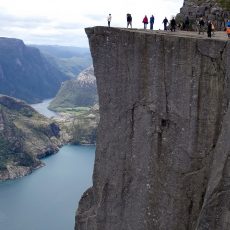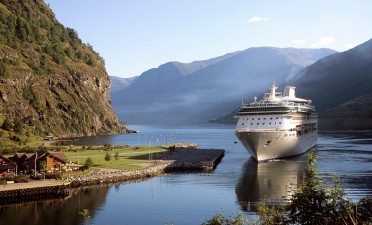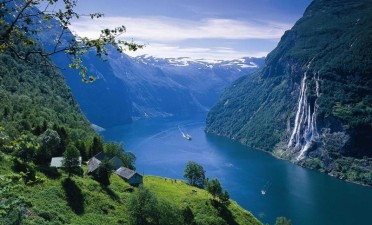Norwegian Fjords
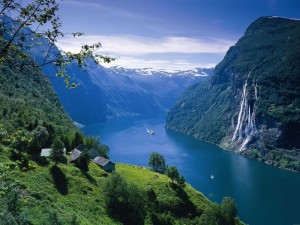
Norwegian fjords are worldwide known for the wild, beautiful and untouched nature, it is a truly dream destination are kayaking, hiking, cycling and rafting. Some places are well known and easy accessible tourist areas, others are more hidden. Western Norway has the longest, deepest, narrowest and most beautiful fjords in the world.
Western Norway is a vast region with a lot of incredible natural sights, whereas the most well-known are:
The two most known fjords are also UNESCO World heritage sites: the Geirangerfjord and Nærøyfjord areas are surrounded by snow-covered mountain peaks, impressive waterfalls cast cascades and green vegetation.
Don’t miss the adrenalin rush of driving or hiking in Trollstigen (“The Trolls Road”) – the 100 km long road that climbs up the mountain. It offers breathtaking views, steep mountain slopes and high waterfalls.
The Sognefjord is the longest fjord with a length of 204 km. Some places the Sognefjord is more than 1300 metres deep, with the surrounding mountains as high as the fjord is deep. The surrounding mountains are Norway’s most popular hiking areas.
A short 20 km railways journey of Flåmsbana will be an experience that you will never forget! During this train ride you can see rivers cutting through deep ravines, waterfalls cascading down the sides of steep, snow-capped mountains and mountain farms clinging dizzily to steep hillsides.
Another scenic attraction is Stavanger region with the Lysefjord, Sola beach and the world famous Preikestolen (“the Pulpit Rock”). This rock is located 604 metres above sea level named the most breathtaking viewing platform in the world by the Lonely Plant.
Bergen is another remarkable site of Western Norway ; it is Norway’s second largest city with a small-town charm and atmosphere. Bryggen of Bergen was built after the great fire in 1702 and is included into UNESCO World Heritage list. The world heritage site consists of the old Hanseatic wharf and one of the best known urban areas from the Middle Ages in all of Norway.

